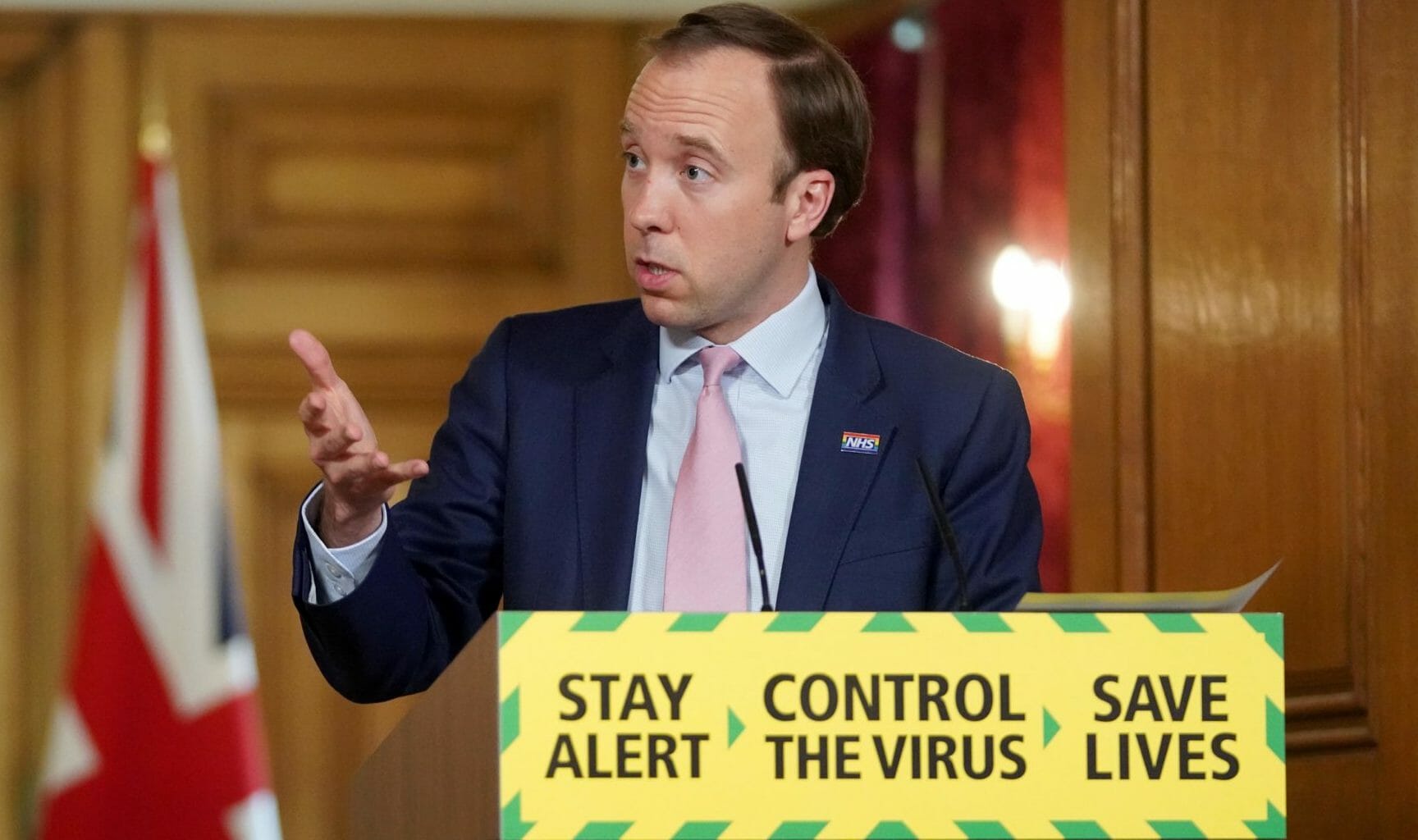UK health secretary Matt Hancock this week questioned the level of NHS funding promised by the SNP and accused the Scottish Government of failing to spend money allocated by Westminster for the health service in Scotland.
In response to a question from SNP MP Dave Doogan about the SNP’s commitment to increase NHS spending by 20 per cent, Hancock claimed that the proposed increase for Scotland is both lower than the rise planned for NHS England and lower than the amount allocated by the Treasury for the Scottish health service.

Ferret Fact Service looked at the claim and found it Half True.
Evidence
In its manifesto for the upcoming Holyrood election the SNP promised that, if elected, it will increase funding for the NHS by “at least 20 per cent” over the course of the next parliament. It said this would result in funding for frontline services rising by over £2.5bn.
In its 2021-22 budget, the Scottish Government allocated a total of £17bn for health and sport. Of that, £12.2bn was for frontline health services, defined as NHS Scotland’s 14 territorial health boards as well as national boards such as the Scottish Ambulance Service and Public Health Scotland.
If the £12.2bn increased by 20 per cent it would equate to a rise of just under £2.5bn. The next parliament runs from this year until 2026, with the promised rise taking expected spending on health to £14.7bn by the end of that period.
A spokesman for the UK Department of Health and Social Care said that according to the NHS England Long Term Plan, which was published in January 2019, health spending south of the Border is currently being increased by around five per cent a year.
The plan covers the period from the end of the 2018-19 year to 2023-24 and will see annual spending on the NHS increase from £114.6bn to £148.5bn. That translates to a rise of almost 30 per cent over the six years.
Though the two promises cover different time periods, an analysis from independent research organisation The Institute of Fiscal Studies, found that the SNP commitment would represent a real-terms annual increase of around 2.1 per cent, over and above expected inflation. On the same basis the projected annual rise in England is 3.4 per cent.
How does Scotland fund its health service?
The Scottish Government raises the funds required to meet its public spending commitments by a number of different means. These include Scottish income tax and a block grant from the UK Government.
The size of the grant varies to take account of changes in planned spending south of the Border. That variation is calculated using the Barnett formula, a process introduced in 1979 to determine the level of UK government spending on public services distributed to Scotland, Wales and Northern Ireland.
The Barnett formula focuses specifically on the areas in which public spending is devolved and uses the amount spent on English services as its starting point. If health spending in England increases, for example, the aim of the formula is to give each devolved government the same pounds-per-person change in funding while taking account of relative populations. That change is known as a Barnett consequential.
While the calculation is based on the spending of individual departments, it is not allocated to Scotland in separate pots. That means the portion calculated using English health spending as a starting point does not have to be spent on health in Scotland. The grant comes as one pot of money and it is up to the Scottish Government how to spend it.
A spokesman for the Treasury confirmed that “the money the UK Government gives the Scottish Government isn’t ring-fenced to be spent on any particular area”.
As a result of the additional resources NHS England needed to respond to Covid-19, the devolved nations received significant amounts of additional funding over the past year. Scotland received an additional £9.7bn while Wales received an extra £5.85bn and Northern Ireland an extra £3.3bn.
The Scottish Government has sometimes made reference to Barnett consequentials in its own publications. In its 2020-21 Budget, it said that “every penny of additional health resource and capital consequentials passed on in full”. It did not make a similar promise in its 2021/22 Budget.
The SNP manifesto said that, if re-elected, the party would commit to spending the additional 20 per cent on the NHS whether it was covered by the Barnett consequentials or not.
Ferret Fact Service Verdict: Half True
Matt Hancock’s claim that the 20 per cent increase promised by the SNP for the Scottish NHS is lower than the increase promised in England is broadly accurate, although the total packages are difficult to fully compare because they cover different time periods. His claim that the promise is lower than the money passed from Westminster to spend on NHS Scotland is misleading because the block grant is not ring-fenced for any particular area.
Ferret Fact Service (FFS) is a non-partisan fact checker, and signatory to the International Fact-Checking Network fact-checkers’ code of principles.
All the sources used in our checks are publicly available and the FFS fact-checking methodology can be viewed here.
Want to suggest a fact check?
Email us at factcheck@theferret.scot or join our Facebook group.
Photo thanks to Pippa Fowles/No 10 Downing Street, CC BY-NC-ND 2.0.
Correction: The section on the block grant has been edited for clarity.














